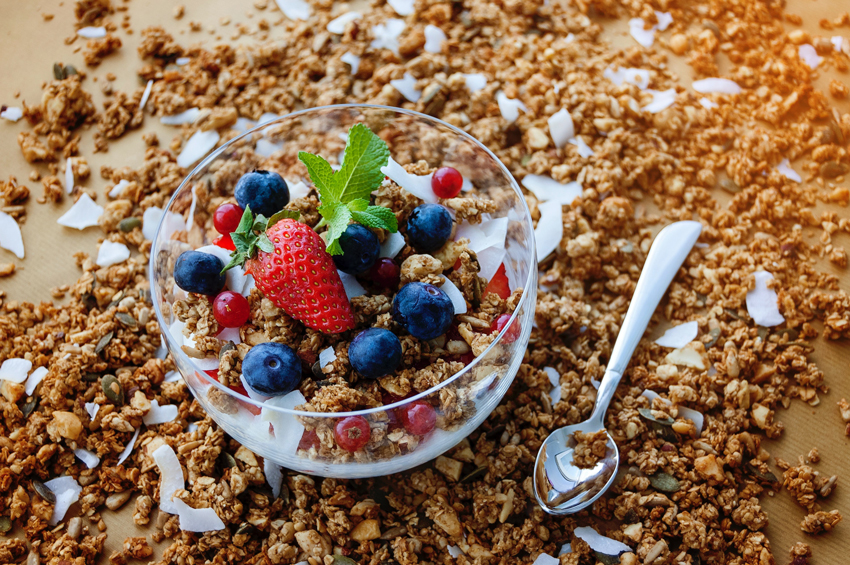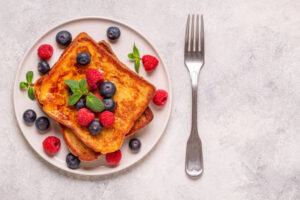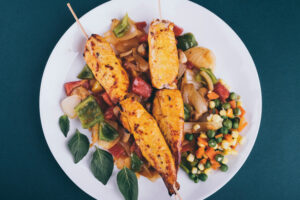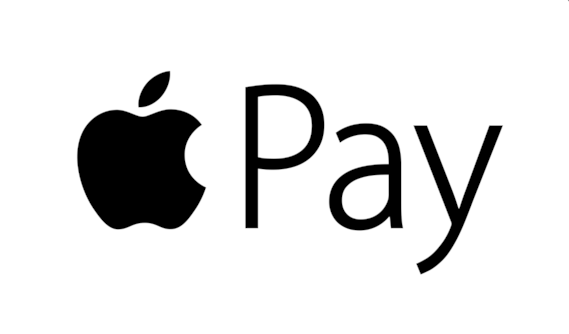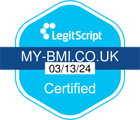For several years now, the term “low GI” Has been used to talk about some foods.
Some may have a deep or substantial understanding of what “low GI” means, whilst others may only know it as a phrase.
However, learning about low GI foods could make a difference to your long-term weight management goals.
What is the Glycaemic Index (GI)?
GI stands for glycaemic index, which is a scale that measures how quickly certain foods affect your blood glucose levels.
Foods that are quickly and easily digested are more likely to have a higher GI, along with foods that are high in sugars, whereas foods that gradually raise and lower your blood glucose levels are more likely to have a lower GI.
The glycaemic index can only measure foods that contain carbohydrates, so bear in mind that not everything that you eat will have a GI ranking, as your diet should contain more than just carbohydrates.
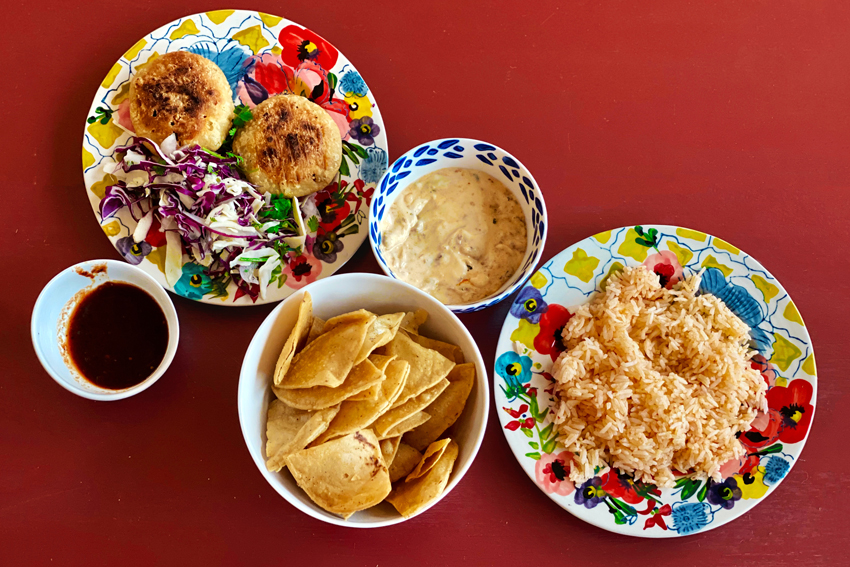
There are several factors that can influence the GI ranking of a carbohydrate, for example, the method of cooking.
As fat can lower the GI of a food, frying it may reduce its overall glycaemic index, but you should be careful that you aren’t ingesting too much fat.
This can increase the number of calories that you consume and can quickly contribute to weight gain.
The glycaemic index was first developed to help people with diabetes choose foods that are good for controlling blood glucose levels.
In fact, it hasn’t been around all that long, as it was first developed in the early 1980s as a way of measuring the impact of carbohydrates on blood glucose levels.
The index goes from 0-100, and foods are given a ranking between these numbers based on how fast it affects your blood sugar levels.
As a measure against all else, pure glucose has a ranking of 100.
What does low GI mean?
A Low GI is a ranking of less than 55 on the glycaemic index.
Low GI foods generally tend to affect your blood glucose levels over a longer and more sustained period of time, instead of affecting you quickly and causing your glucose levels to spike.
Generally speaking, carbohydrates are classified into low, medium or high GI, with the numbers for these being:
- Low – 1-55
- Medium – 56-69
- High – 70-100
Low GI foods are also more likely to keep you more satisfied for a longer amount of time than high GI options, due to the fact that they take a while to digest compared to other carbohydrates.
Food that takes longer to digest is often given a lower GI ranking.
These foods that fall into the “low” category with a GI between 1-55 generally don’t tend to raise glucose levels as much as some other foods.
Low GI carbohydrates often include most fruit and vegetables (with exceptions for a few), and pasta and bread made with wholemeal or wholegrain flour instead of refined, processed white flour.
White carbohydrates tend to have a higher glycaemic index score than their wholegrain counterparts because it is more refined, which can decrease the amount of time that it takes to raise your blood glucose.
However, just because a food has a low glycaemic index, it doesn’t necessarily mean that it’s healthy.
We mentioned before that fat can reduce the GI of certain foods.
This is because when you eat carbohydrates with fat, the fat helps to slow the absorption of the carbohydrates, meaning that it takes longer to affect your blood glucose levels.
Because of this, we would always recommend that you look at all of your food labels to make sure that what you’re eating is still healthy, and falls within your daily recommended calorie allowance.
Low GI foods
Eating a low GI diet doesn’t mean that you can only eat low GI foods, as this would probably make your diet fairly unbalanced (and sometimes high in fat).
However, it would be a positive step to make sure that you have at least one low-GI item or portion of food each mealtime.
For example, you can swap your white bread and pasta to wholemeal or whole grain, and you can also add lentils and beans to stews, soups, and one-pot meals to bulk them out with protein and fibre, whilst keeping the GI of the meal low.
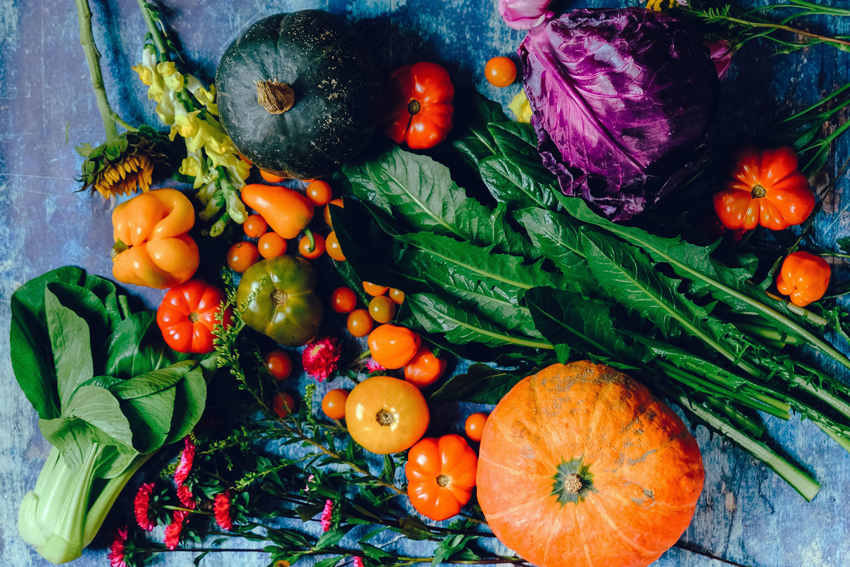
Some examples of foods with a low GI include:
- Lentils
- Chickpeas
- Beans
- Oats/oatmeal
- Cashew nuts
- Cauliflower
- Mushrooms
- Oranges
- Strawberries
- Kiwis
- Plums
- Milk
- New potatoes
- Brown rice
- Sweet potatoes
You may want to consider swapping your white potatoes for sweet potatoes if you’re trying to reduce the glycaemic index of your meals, and given that the two are very similar, it shouldn’t be a big change to your regular routine. You may even find that you prefer it!
Low GI diet for weight loss
Whilst a low GI diet isn’t recommended for everyone, there is some evidence to suggest that following a low GI meal plan could help with long term weight loss.
This is because low GI foods often keep you feeling fuller for longer, so can act as a natural appetite suppressant and curb your cravings for snacks or high-calorie foods in between meals.
If you choose to follow a low GI diet and meal plans whilst taking Semaglutide, you may get more from the medication, as you’ll be suppressing your appetite via diet as well as medication.
However, you should still make sure that you’re eating enough calories for your body to function.
We would always recommend making sure that you eat a balanced diet with recommended portion sizes, but if you’re trying to lose weight, it may be useful for you to increase your protein intake and choose foods that have a lower glycaemic index, as both of these foods can help to stabilise blood glucose and regulate your appetite.
Different diets work for different people, so if low GI foods don’t seem to work for you, try not to beat yourself up about it.
In fact, if you’re still struggling to lose weight whilst taking Semaglutide, you may want to consider asking your doctor for a referral to a dietitian or nutritionist who may be able to tailor a meal plan to your own requirements.
Low GI breakfast
We would generally recommend eating a low GI breakfast as a sustained and stable change in blood glucose is more likely to keep you energised and full throughout the morning, meaning that you’re less likely to crave snacks during the mid-morning lull.
Some ideas for low GI breakfast foods include:
- Porridge
- Muesli
- Wholegrain cereals
- Fruits (though check the GI of each one first!)
- Milk
- Yoghurt
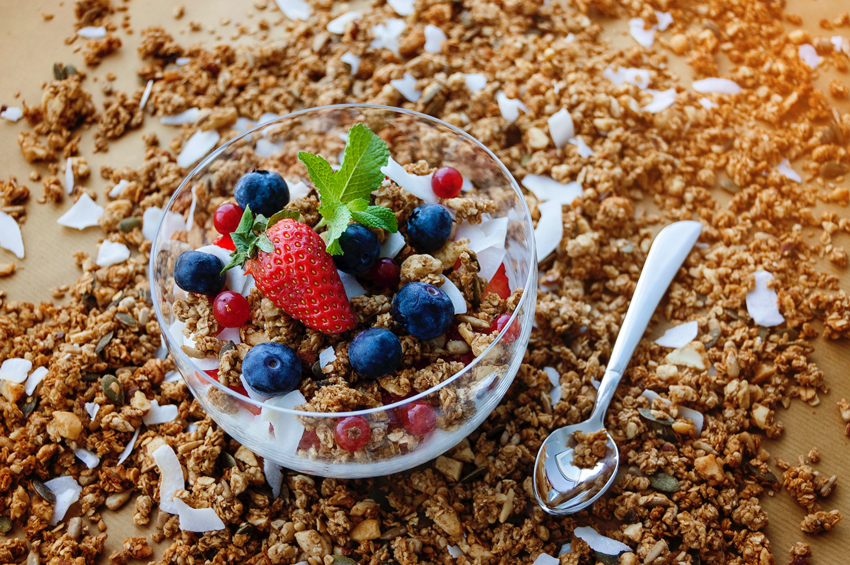
You may also want to try having a breakfast that mostly consists of protein and fibre to help keep you full.
For example, a vegetable omelette, or scrambled eggs with tomatoes.
There are plenty of low GI options available for your breakfast, take a look at recipes and ideas online and make a list of some foods that you’d like to try for breakfast.
Low GI meals
When it comes to low GI meals, you can reduce the glycaemic index of your meal by choosing foods with a low ranking instead of high ones.
For example, swapping a baked potato for a few new potatoes can significantly reduce the GI of your meal.
Or, if you do fancy a baked potato, by adding protein such as tuna, chicken, or even a chilli con carne with plenty of beans, you can keep the GI of your meal lower than if you were eating a jacket potato with cheese.
Low GI diets also provide a great opportunity to eat more fruit and vegetables, as the government recommends consuming at least 5 separate portions of fruit and veg a day.
As most vegetables and fruits have a low GI score, they can be a great addition to any meal, as they can give you a fibre boost, help you feel fuller for longer, and even improve your gut health.
If you feel as though you need more information on what a low GI diet is and whether or not it’s right for you, you should make an appointment with a dietitian who should be able to work with you on an individual basis to fine-tune your diet for optimal results.



